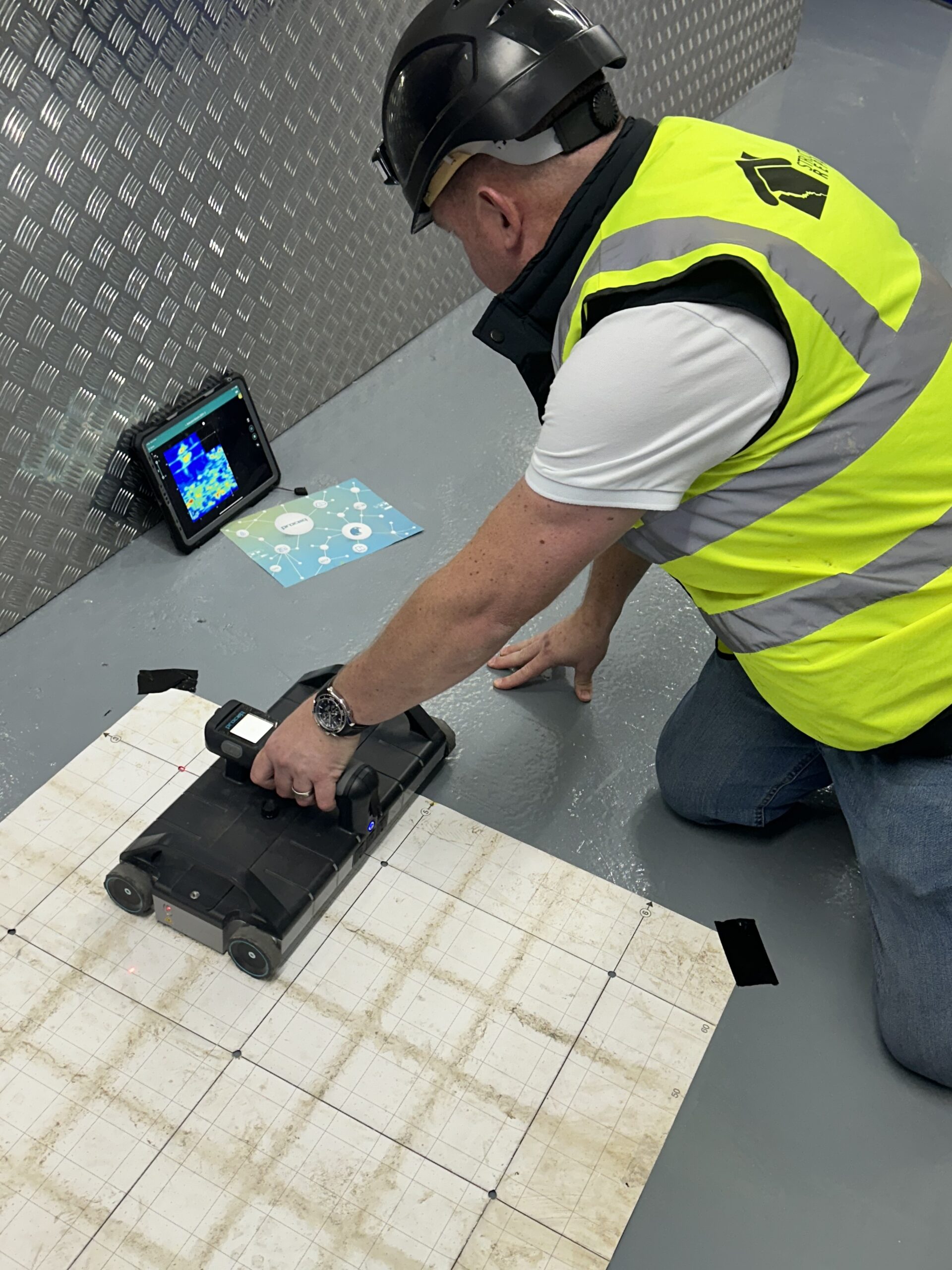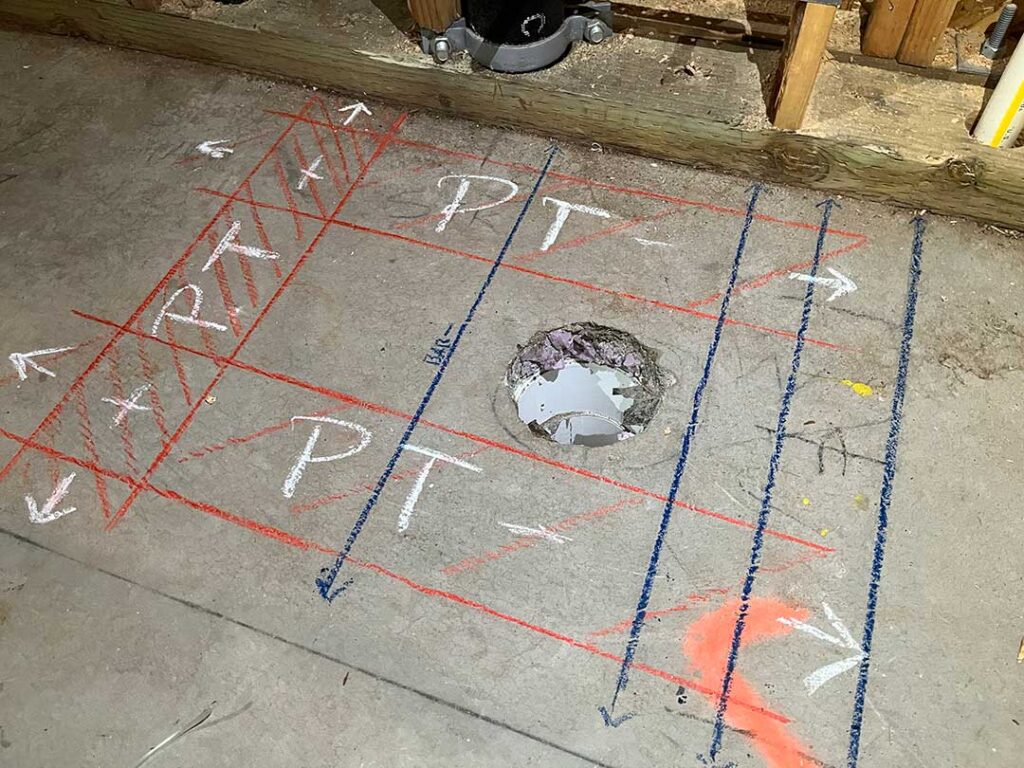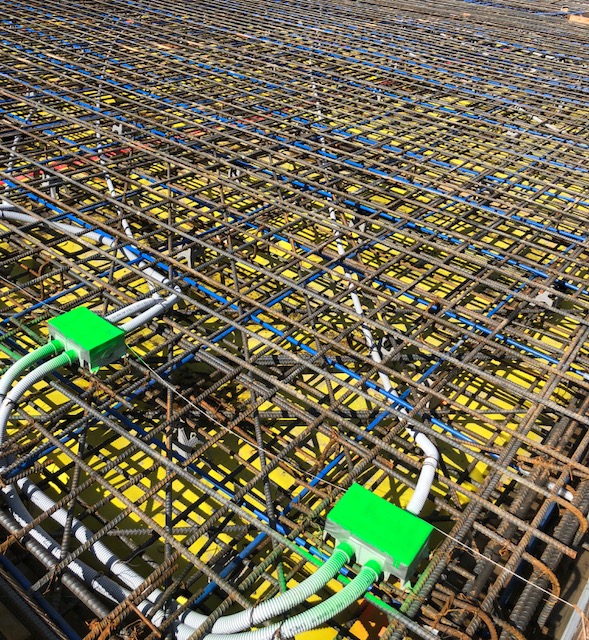Boost Construction Safety And Security with Specialist Concrete Scanning
Boost Construction Safety And Security with Specialist Concrete Scanning
Blog Article
Introduce the Transformative Power of Concrete Scanning in Making Best Use Of Efficiency and Security
Concrete scanning has emerged as an important device in the building market, providing unparalleled advantages in boosting job effectiveness and guaranteeing safety and security requirements. The transformative power of concrete scanning exists in its ability to offer real-time data and comprehensive insights, reinventing how projects are intended and performed.
Importance of Concrete Scanning
Making sure the architectural honesty and safety and security of building jobs starts with the important step of conducting thorough concrete scanning. Concrete scanning is a non-destructive technique used to discover and map subsurface components within concrete frameworks. This procedure is crucial in determining possible dangers, such as rebar, post-tension cables, and channels, that may be concealed within the concrete. By making use of sophisticated innovations like ground-penetrating radar (GPR) and electromagnetic induction, building groups can properly locate these components without triggering any kind of damages to the framework.
The value of concrete scanning can not be overemphasized, as it plays an important function in preventing accidents, decreasing task hold-ups, and making sure the long-term sturdiness of the construction. By identifying possible dangers before the building and construction stage starts, home builders can carry out suitable safety procedures and make educated choices relating to the layout and execution of the task. In addition, concrete scanning helps in optimizing job timelines and spending plan by avoiding unexpected expenses and hold-ups that may develop due to unforeseen obstructions within the concrete. Eventually, purchasing detailed concrete scanning is an aggressive strategy that improves both performance and safety in building tasks.
Exactly How Concrete Scanning Works
Concrete scanning runs as a crucial device in construction projects by employing innovative modern technologies to find and map subsurface elements without creating structural damage. Ground Passing Through Radar (GPR) and Electromagnetic Induction (EMI) are 2 main methods made use of in concrete scanning. GPR works by producing high-frequency radar pulses right into the surface, which bounce back when they come across subsurface items or spaces. The moment considered the signal to return shows the depth and area of the things. EMI, on the other hand, utilizes electromagnetic fields to determine differences in material compositions, such as identifying rebar or channels within concrete frameworks.
Throughout the scanning procedure, the data gathered is evaluated in real-time, allowing immediate recognition of prospective hazards or barriers under the surface area. This details aids in decision-making, making sure that building and construction activities continue safely and effectively. Furthermore, 3D imaging software application can be utilized to produce comprehensive maps of the subsurface elements, even more enhancing project planning and implementation. By utilizing these sophisticated modern technologies, concrete scanning dramatically reduces the threat of expensive damages have a peek at these guys and injuries on construction websites.
Advantages of Concrete Scanning
Using advanced scanning modern technologies in building tasks provides a wide range of advantages, improving both efficiency and safety on-site. Among the main benefits of concrete scanning is the capability to spot and locate embedded items such as rebar, post-tension wires, and conduits properly. By recognizing these components prior to drilling or cutting into concrete frameworks, the risk of unintended strikes is dramatically lowered, protecting against prospective injuries to workers and damages to the structure itself. Additionally, concrete scanning aids Extra resources in planning and creating better, as it offers exact info regarding the location and deepness of structural components.

Study: Concrete Scanning Success

In one more situation, a construction company utilized 3D concrete scanning to examine the problem old concrete structures in a historical structure. The in-depth scans given important understandings right into the level of damage and aided focus on upkeep initiatives successfully. By proactively resolving locations of problem identified via scanning, the firm was able to prolong the life-span of the structure and make certain occupant safety.
These study underscore the transformative power of concrete scanning in improving efficiency, precision, and safety and security in building and construction projects.
Executing Concrete Scanning in Projects
Carrying out sophisticated scanning modern technologies throughout building jobs has become progressively crucial for improving accuracy and safety and security. By integrating concrete scanning into task planning and execution, building groups can identify potential hazards, see this here such as rebar or post-tension cables, hidden within concrete structures. This proactive method reduces the threat of crashes, hold-ups, and expensive rework, ultimately bring about much more efficient project timelines and budgets.
To execute concrete scanning properly, job managers must collaborate very closely with seasoned scanning specialists to establish one of the most suitable scanning techniques for the details job requirements. Involving scanning professionals from the early phases of a job makes it possible for the group to develop extensive scanning strategies that deal with crucial locations of worry and make sure extensive information collection.
Moreover, integrating concrete scanning into normal job operations can enhance decision-making processes, as real-time scan data supplies prompt understandings right into the condition of concrete frameworks - Concrete Scanning. This data-driven method assists in educated analytic and enables groups to make modifications immediately, cultivating a culture of efficiency and security throughout the task lifecycle

Final Thought
In conclusion, concrete scanning plays a critical duty in enhancing performance and security in construction projects. By making use of sophisticated modern technology to map and spot out underlying structures within concrete, this procedure aids to stop expensive blunders, guarantee architectural stability, and reduce threats on site. With the capacity to discover concealed elements and supply accurate information, concrete scanning confirms to be a beneficial device for maximizing project results and maximizing overall success.
Concrete scanning is a non-destructive method utilized to identify and map subsurface elements within concrete structures. Furthermore, concrete scanning helps in maximizing job timelines and budget by avoiding unanticipated expenses and hold-ups that might emerge due to unexpected obstructions within the concrete. One significant situation study involves a large restoration job where concrete scanning played a critical duty in guaranteeing task success.In an additional situation, a building and construction company made use of 3D concrete scanning to analyze the problem of maturing concrete structures in a historical building. By incorporating concrete scanning right into project planning and execution, building and construction groups can recognize potential threats, such as rebar or post-tension wires, concealed within concrete frameworks.
Report this page